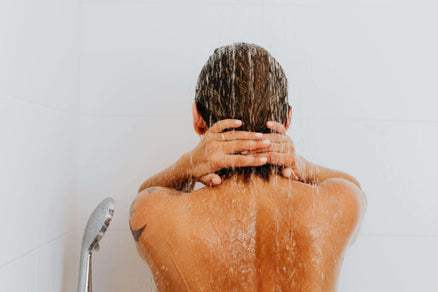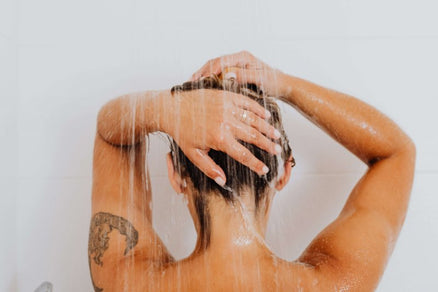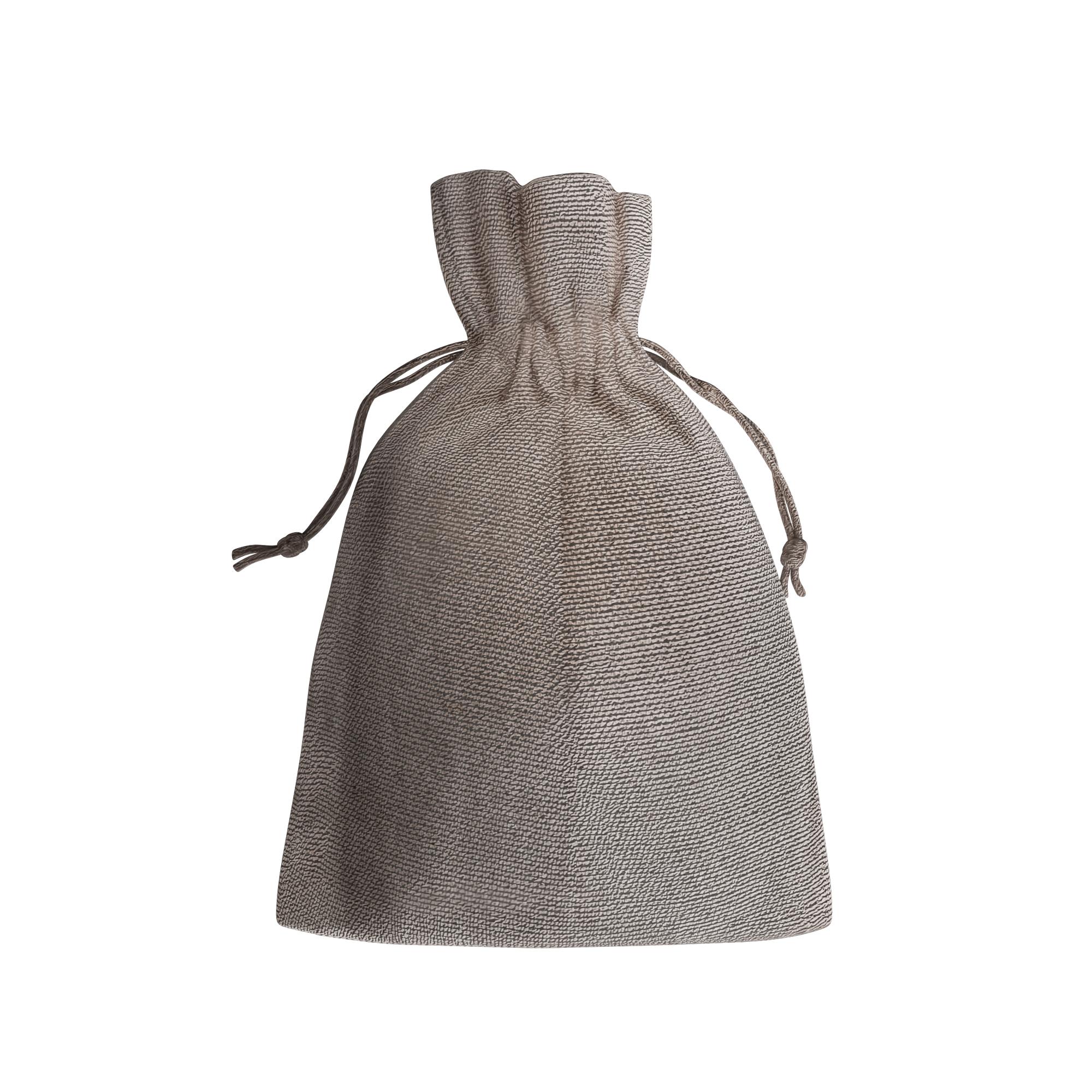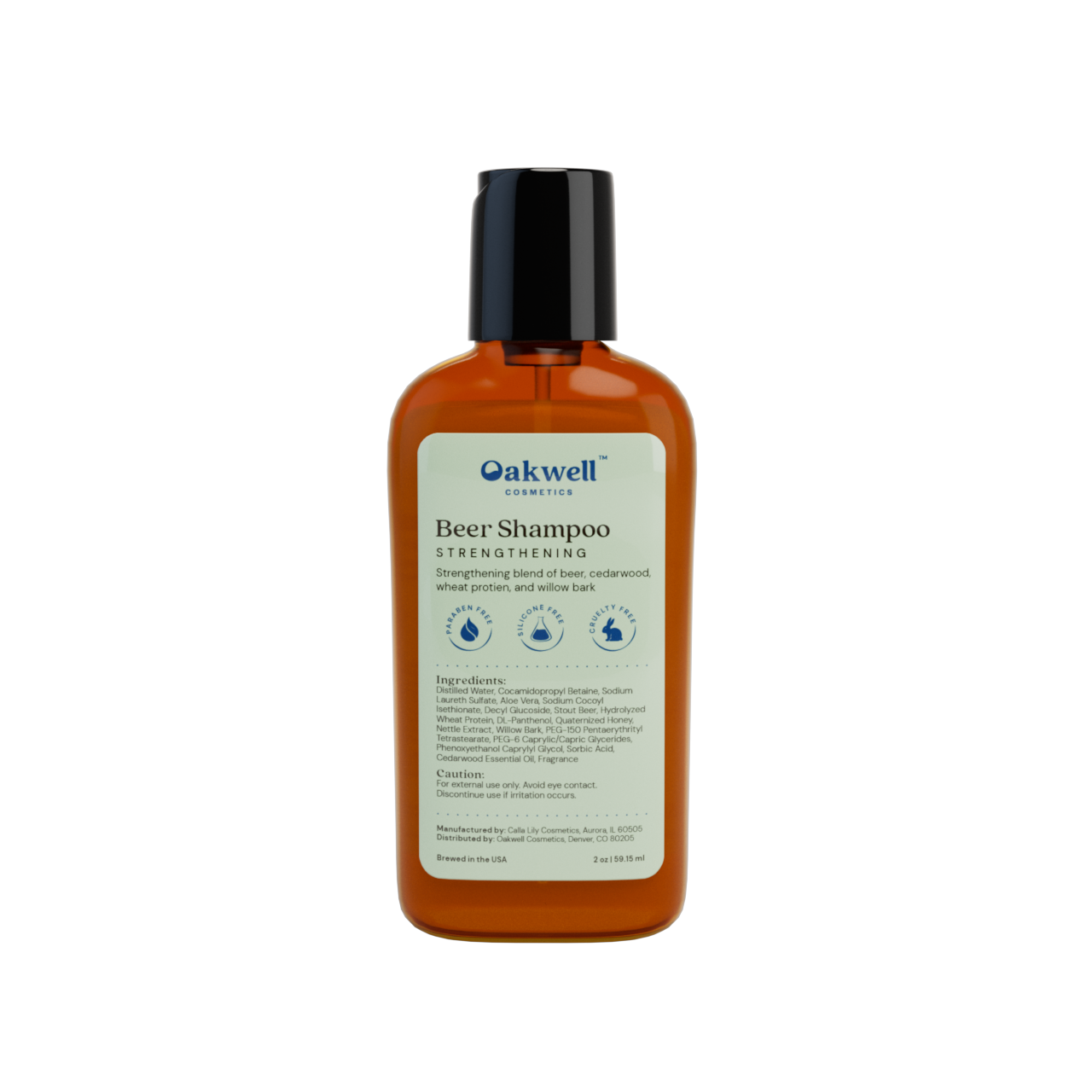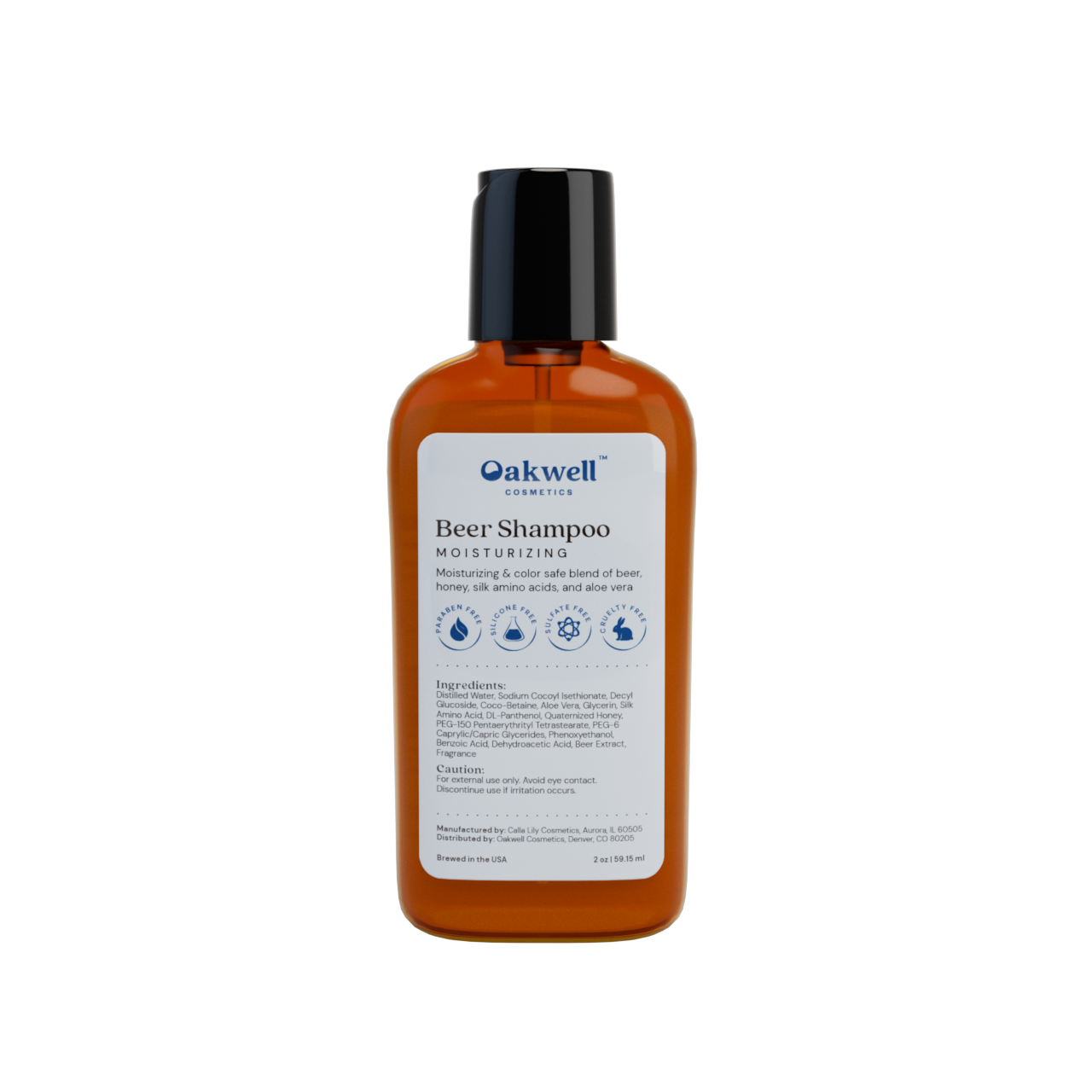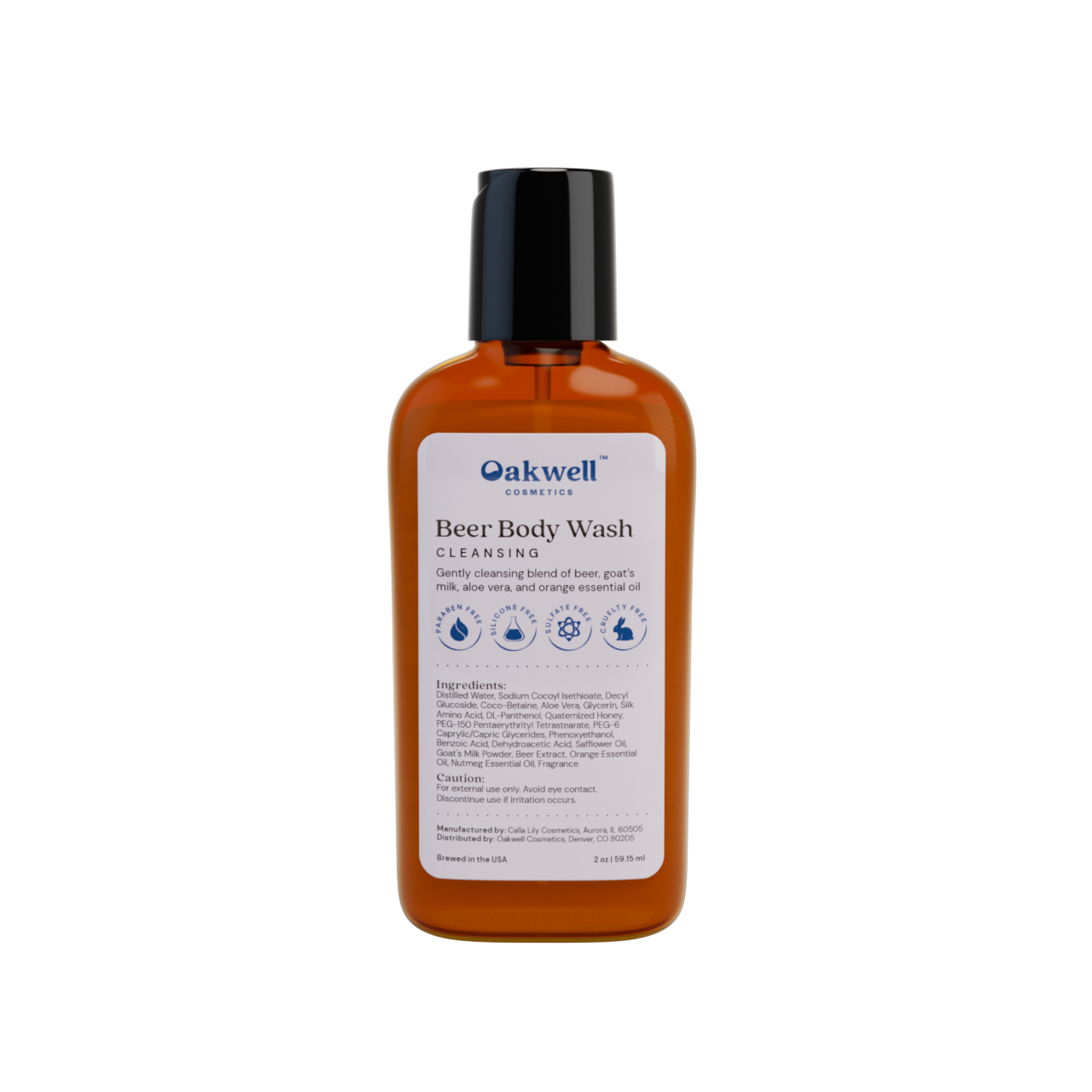10 Benefits of Hair Oiling: According to Hair Experts

The benefits of hair oiling are often misunderstood. Does it really help with hair growth, prevent split ends, or reduce frizz? We asked hair experts to share the facts and bust common myths about hair oil.
Below, we’ll discuss what hair oil is, the benefits, and how to properly use it. We’ll also answer common questions about hair oiling to help you decide if it’s a good practice for you.
What is hair oiling?
Hair oiling is applying oil to the scalp and strands to nourish, protect, and improve hair health. Hair-specific oils combine several ingredients to deliver multiple benefits in one product.
Different options have unique ingredients for various benefits, depending on your goals and hair type. For example, coconut oil supports healthy growth, while rosemary oil supports overall scalp health and may reduce thinning. Choosing the right blend helps you get the most from your routine.
What are the benefits of hair oiling?
The benefits of hair oil include added shine, less frizz, a smoother texture, and better scalp health. There are nuances to common benefits, which we’ll go more into below.
Enhances shine
Dr. Ross Kopelman, Hair Transplant Surgeon at Kopelman Hair Restoration, explains that hair oil coats your hair shaft and smooths the cuticle. This creates a light reflection that makes hair look shinier. Lightweight oils usually make a significant visual difference, especially if you have dry, brittle hair.
Improve scalp health
A well-moisturized scalp is less prone to flaking and irritation, Dr. Kopelman says. Certain oils like rosemary, pumpkin seed, and jojoba reduce inflammation, balance the scalp microbiome, and support scalp health. A healthy scalp creates the ideal environment for strong, healthy hair growth and helps prevent issues like dryness and itching.
Our favorite blend with rosemary oil is Oakwell Cosmetics Hops-Infused Oil, known for its soothing, hydrating, and strengthening properties.

Promote hair growth
While using hair oil can’t create new hair follicles, notes Dr. Kopelman, rosemary oil may improve circulation to promote healthier growth.
Rosemary oil can also reduce DHT, a hormone linked to hair thinning. While some oils have mild DHT-blocking effects, they don’t replace medical treatments or hair transplants when needed.
Helps prevent hair loss
Hair oil doesn’t treat the root causes of hair loss, like hormones or genetics. However, they can help minimize breakage and scalp inflammation that may worsen hair loss. If you’re experiencing hair loss, Dr. Kopelman recommends using oils alongside medical treatments — not as a replacement.
Repair split ends
Using hair oil won’t repair split ends, but it can temporarily seal them, explains Dr. Kopelman. This helps your hair appear smoother and improves its look between trims. Applying oil also reduces friction, which can prevent split ends from worsening.
Address dandruff
Hair oils can reduce dandruff when dryness causes flakes, notes Dr. Kopelman. Oils like coconut or tea tree have antimicrobial properties and hydrate the scalp.
On the other hand, oil won’t treat dandruff caused by yeast or seborrheic dermatitis — and can sometimes worsen it. It’s best to first see a dermatologist to determine the cause of your dandruff and find the proper treatment.
Protects hair from damage
Dr. Kopelman says that applying oil before heat styling or swimming can reduce protein loss and moisture depletion. Coconut oil, in particular, shows protective effects, but you need to use it sparingly because too much can weigh your hair down or clog pores.
Reduces frizz
One of the best benefits of hair oiling is managing frizz. Most oils coat and seal the hair shaft, smoothing the cuticle and taming flyaways, says Melissa Souza, Hairstylist and Owner at Styled x Melissa. Regular use helps keep frizz under control in humid or dry conditions.
Promotes hydration
Souza explains that oils don’t add moisture since hydration comes from water. However, hair oil does act as a sealer, helping lock in moisture by creating a protective barrier. To get the benefit of hydration, you should apply hair oil when hair is still damp after washing or using a water-based product.
Improves hair texture
Consistent use of hair oil softens strands, boosts elasticity, and reduces breakage. Oils rich in fatty acids, such as coconut or olive oil, can especially strengthen the hair shaft and improve texture, says Souza. Over time, this can make your hair easier to style and less prone to tangling.
Does hair oil prevent premature graying?
According to Souza, one of the most common myths about the benefits of hair oil is that it can prevent premature graying. The truth is, this isn’t necessarily the case. Graying happens when melanin production slows down. Over time, melanocytes (pigment cells) die, causing hair to turn gray, silver, or white.
Graying is often a natural part of aging, but can happen earlier due to genetics, stress, or certain medications. While oils like amla are rich in antioxidants and can help nourish the scalp, there’s no solid scientific evidence they can stop or reverse graying. At best, scalp-nourishing oils may support overall hair health, but they can’t prevent the loss of melanin that causes gray hair.
Disadvantages of Oiling Hair
While hair oils can be beneficial, Dr. Kopelman explains that there are potential drawbacks:
- Overuse or heavy oils can clog follicles, potentially causing scalp acne or folliculitis
- Oils may leave hair and scalp greasy, weighing hair down and making it look flat
- Certain oils can worsen dandruff or seborrheic dermatitis by feeding yeast on the scalp
- Allergic reactions are possible, causing redness, itching, or inflammation from ingredients or fragrances
When you use hair oil correctly and in moderation, it’s usually more helpful than harmful.
Oakwell Cosmetics Hair Oil for Different Hair Types
Oakwell Hops-Infused Hair Oil is formulated with nourishing ingredients that benefit a variety of hair types. Here’s how it can help depending on your hair texture and needs:
|
Hair Type |
How Oakwell Cosmetics Hair Oil Helps |
|
Fine/Thin |
Lightweight shine without weighing hair down |
|
Thick/Coarse |
Smooths strands and makes hair easier to style |
|
Curly |
Reduces frizz and defines curls |
|
Color-treated |
Nourishes hair and helps protect color |
How to Use Hair Oil: 5 Simple Steps
To experience the benefits of hair oiling, it’s important to ensure you’re using it properly.
Souza recommends the following steps for using hair oil:
1. Choose the right hair oil: Pick one that suits your hair type and needs. For example, argan for smoothing, castor for growth, coconut for hydration, rosemary for overall hair health, etc.
2. Warm it up (optional): Rubbing your oil between your hands for a few seconds can warm it up, which helps with absorption.
3. Apply to scalp and hair: Massage into the scalp with fingertips, then spread from mid-lengths to ends. If your hair is more prone to oiliness, use less near the roots.
4. Leave it in: Keep oil on for at least 30 minutes, or overnight for a deep treatment. Cover with a cap or towel if sleeping with it.
5. Wash thoroughly: Shampoo once or twice based on oil type and the amount used. Follow with conditioner as usual.

Benefits of Hair Oiling: FAQs
Make the most of using hair oil with answers to common questions below.
Is oiling your hair actually beneficial?
Oiling your hair is definitely beneficial because it helps nourish your hair and scalp, improves shine, reduces frizz, and supports overall hair health. While it’s not a cure-all or quick fix, it can be a useful addition to your haircare routine.
Is it better to oil your hair wet or dry?
You can oil your hair wet or dry — the best option depends on your goal. For deep nourishment or to tame frizz and help with styling, apply oil to dry hair. If you want to lock in moisture, apply oil to damp hair after washing.
How often should you be oiling your hair?
You can use hair oil one to three times weekly, depending on your hair type.
According to Souza, one to two times weekly is ideal for most hair types. If you have a dry scalp or are trying to repair damage, oiling two to three times weekly might be best. Start small and gradually increase usage. If your hair becomes too oily, use it less often.
Seasonal changes can also play a role. In colder months, your hair may need more frequent oiling due to increased dryness. In warmer months, you might use oil less often because heat and humidity can make hair feel greasy more quickly.
How much time to keep oil in hair?
Keep oil in your hair for at least 30 minutes to experience the benefits. For deeper conditioning, overnight is best. Always wash thoroughly afterward.
What are the benefits of oiling hair overnight?
The benefits of hair oil overnight include deeper nourishment, improved moisture retention, and enhanced softness. Leaving oil on longer allows it to penetrate the hair shaft and scalp more effectively. It can also help reduce dryness and protect hair from damage.
Overnight hair oiling is best for normal to dry hair types. Just be sure to wash thoroughly in the morning.
What are the disadvantages of oiling your hair?
Hair oil is generally beneficial, but possible disadvantages include overuse causing greasiness, clogged follicles, or worsening certain scalp conditions. It’s best used as part of a broader hair care routine rather than as a standalone solution.
What oil is best for hair oiling?
The best oil for hair oiling is Oakwell Cosmetics Hops-Infused Hair Oil because it’s made with natural, gentle ingredients and oils that support overall hair health. It contains hops, cedarwood, rosemary, lime — natural ingredients that can cleanse the scalp and hair, alleviate dryness, and promote healthy growth and natural shine.
Benefits of Hair Oiling: Conclusion
Hair oiling offers multiple benefits: shine, scalp health, frizz control, and more. While it can’t fix every hair issue, it’s a helpful addition to most routines. Choose a high-quality product and apply as recommended for the best results.
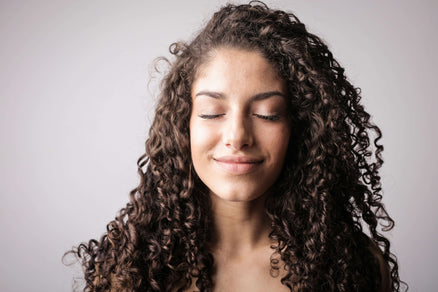
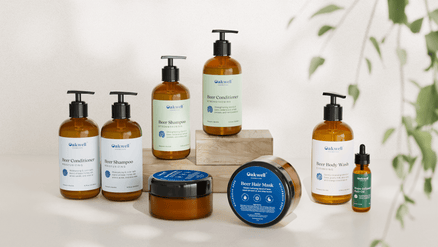
Become a part of our community and be the first to learn all there is to know about Oakwell
